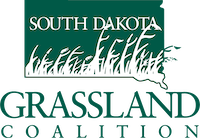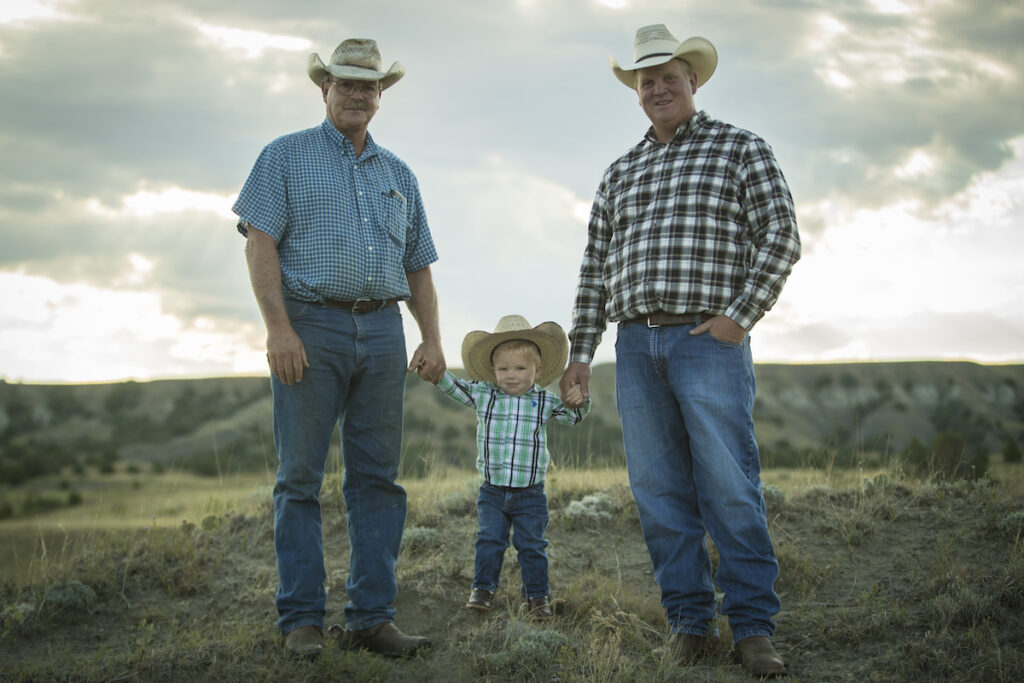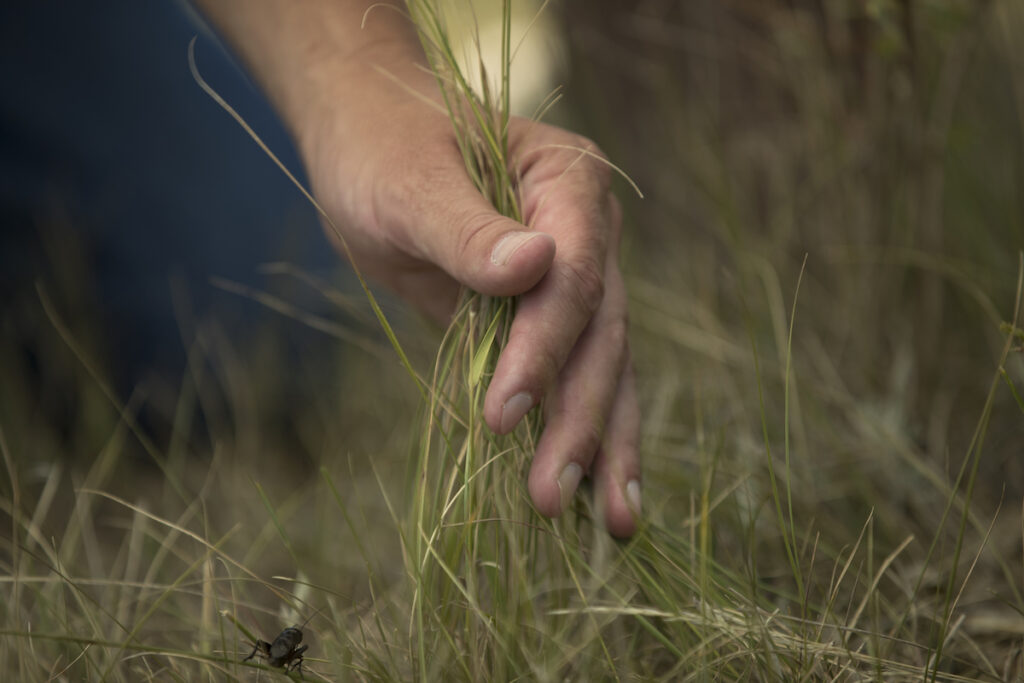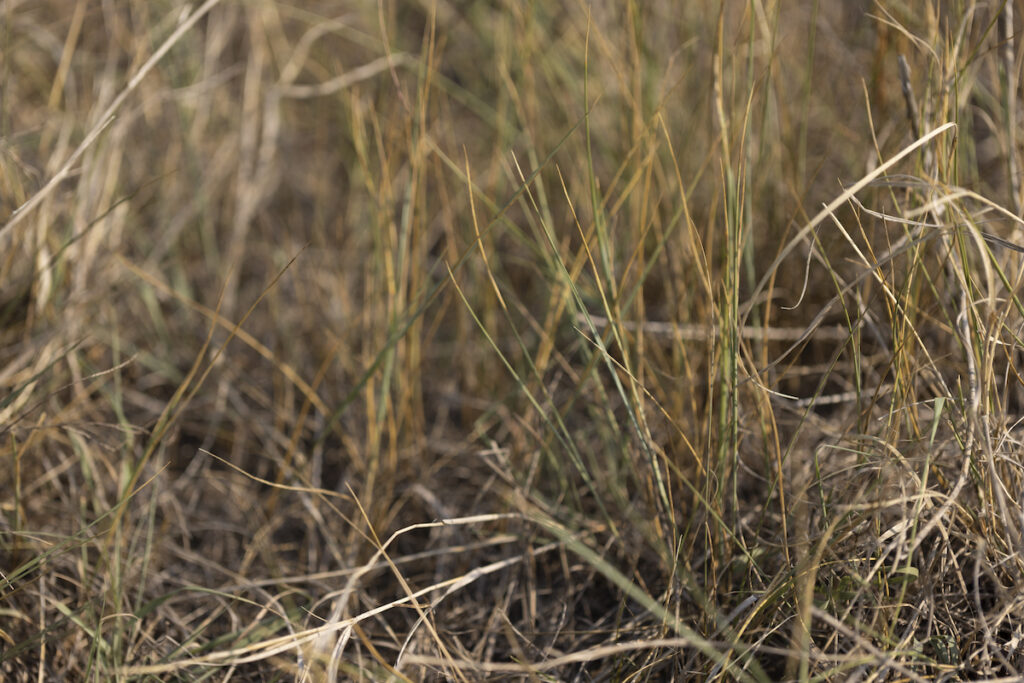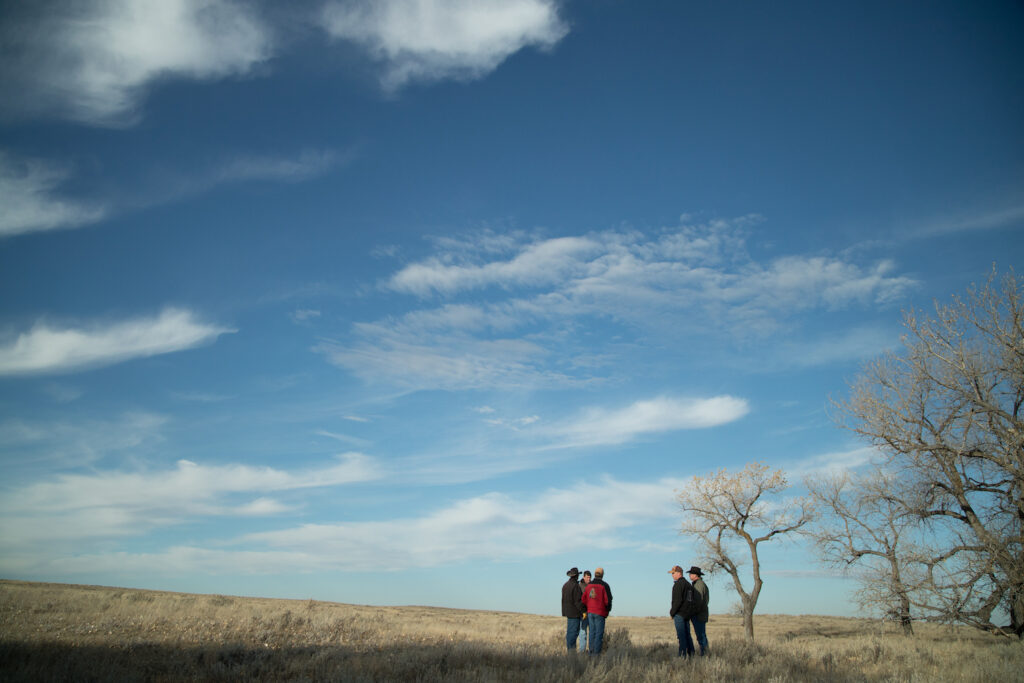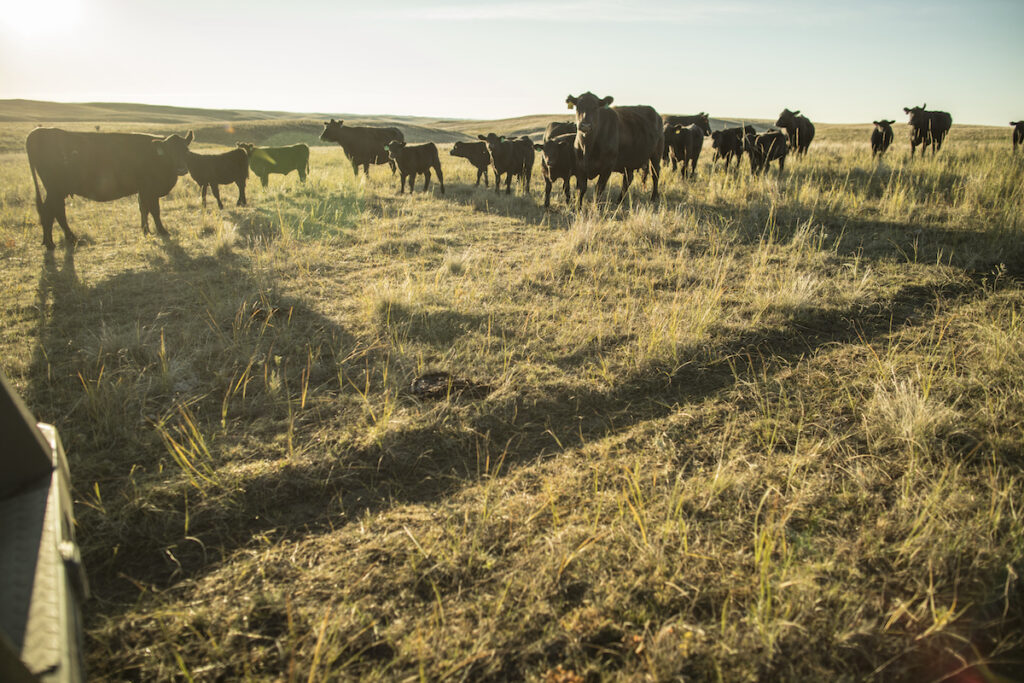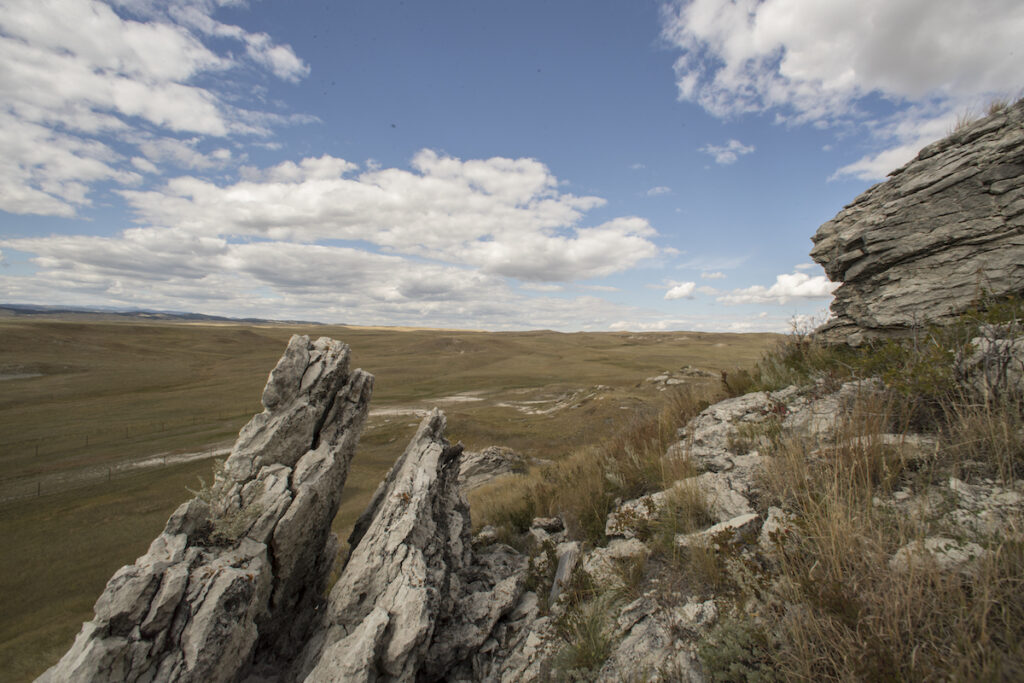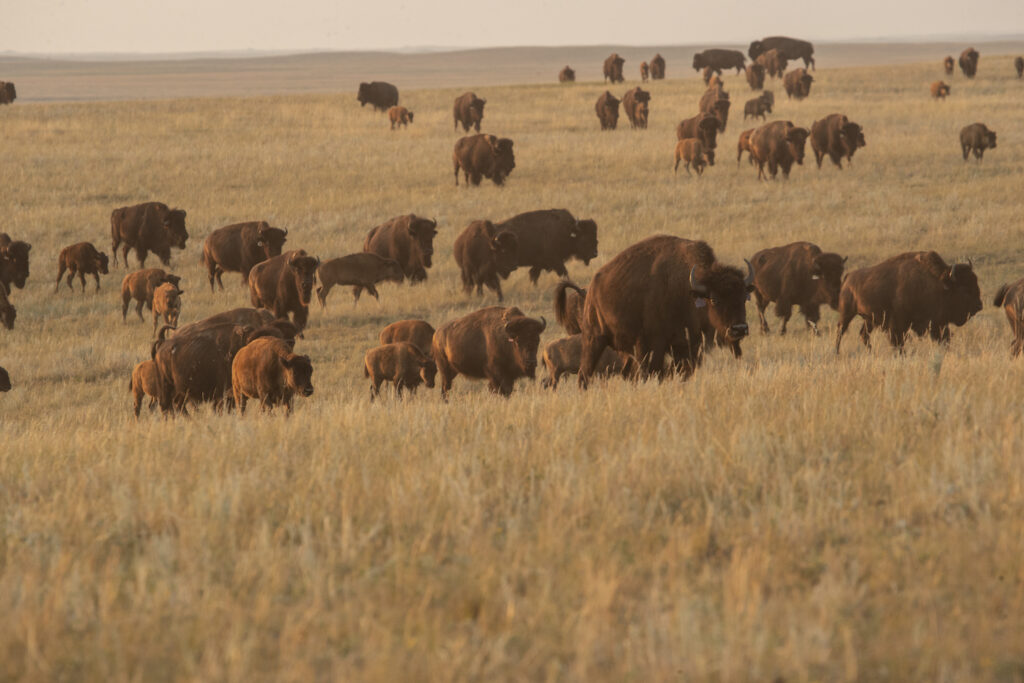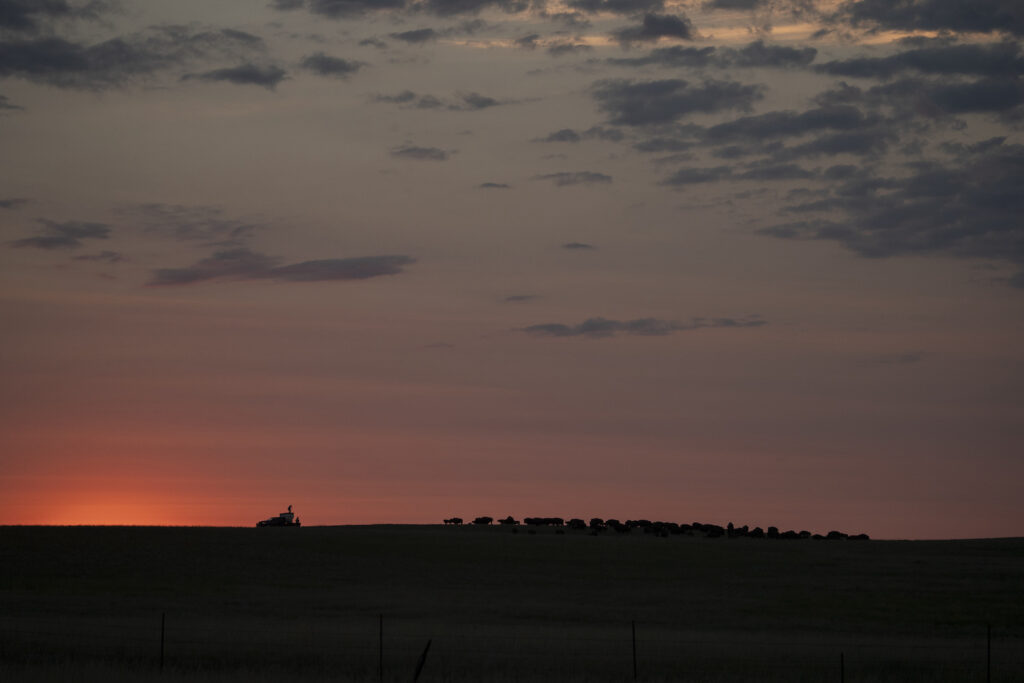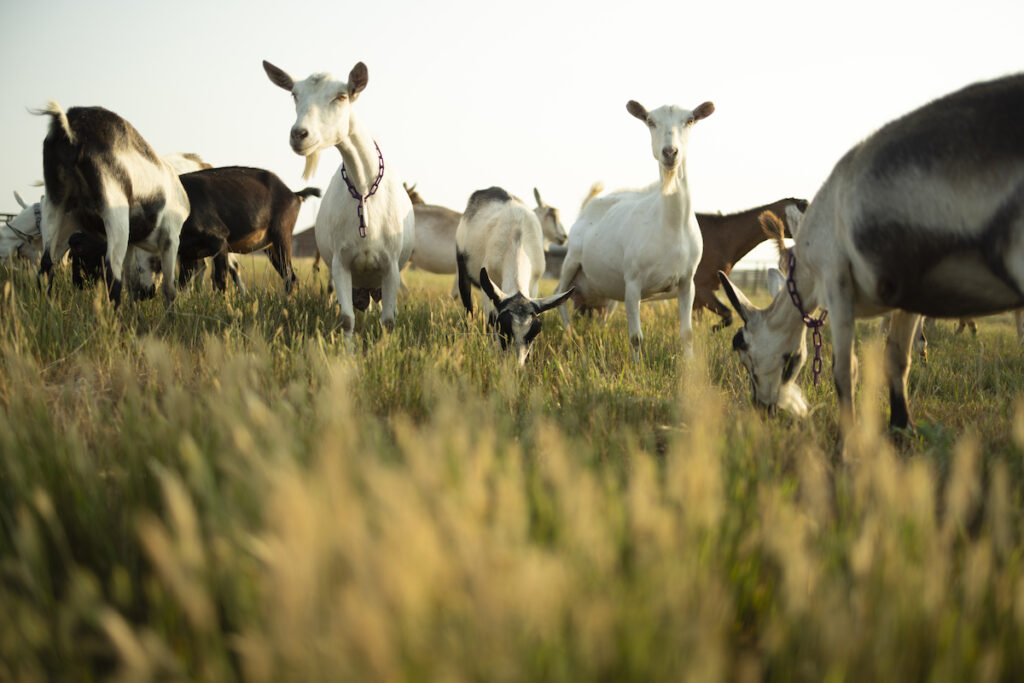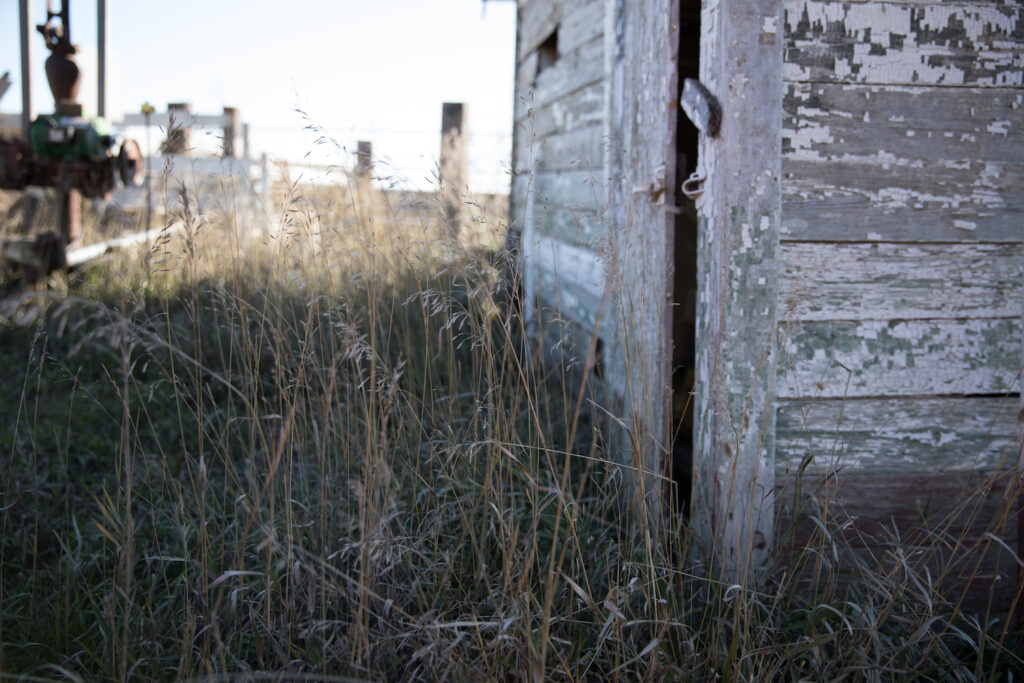We recently attended the ND Grazing Lands Coalition Succession Planning Workshop. This event was sponsored by the National Grazing Lands Coalition and the ND Grazing Lands Coalition. Marissa Nehlsen’s Freedom Financial Group and Starion Bank were sponsors and participants along with Alfredo Delgado, a communications specialist with Brain Masters Life Coaching. One of the highlights […]
Succession Planning Read More »
